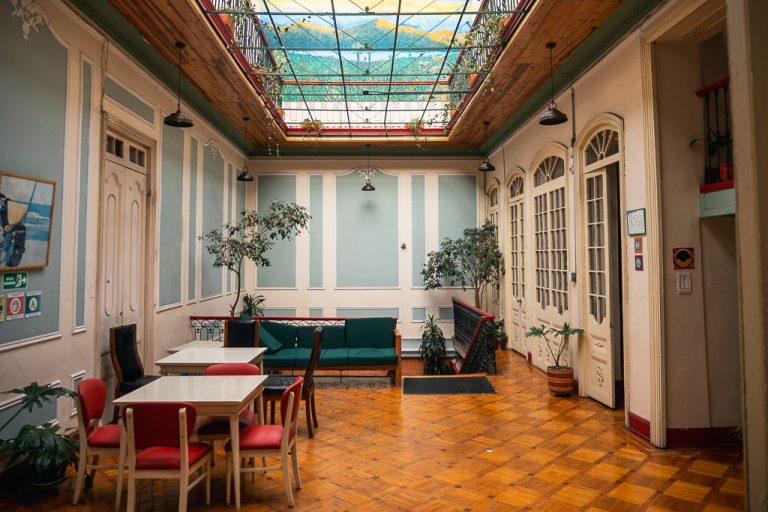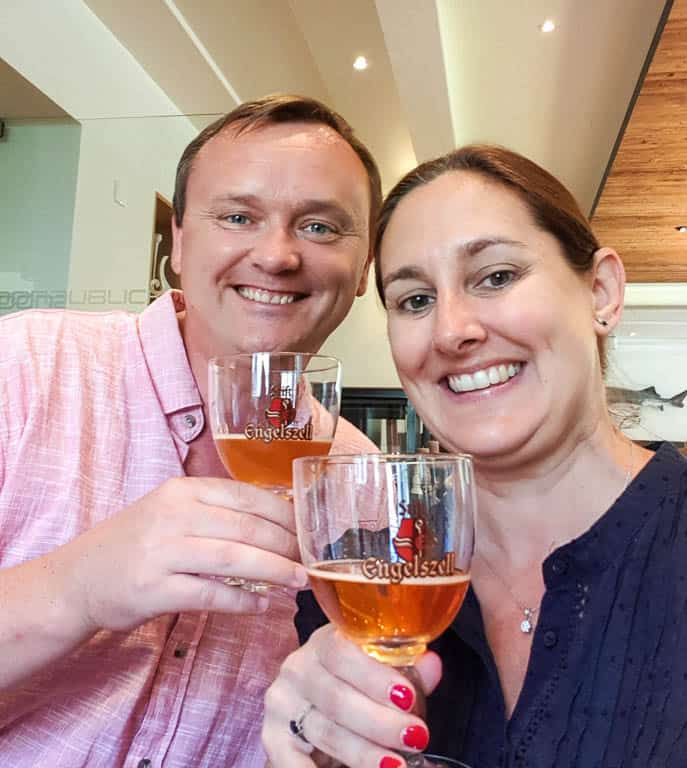Medellin used to be just about the last place anyone would go.
For decades, it was known as the base of Colombia’s most infamous cartel, the home of Pablo Escobar, and (in the early 1990s) for literally having the world’s highest crime rate. Yep, it was very much no bueno.
Then, Medellin improved… a lot.
I first visited Medellin back in 2014 just before it truly hit the spotlight. I think for many travelers it was a wonderful surprise to find out Medellin was safer, livelier, and more liveable than they’d imagined. Soon, many expats and digital nomads also began to recognize Medellin as an affordable and attractive place to live.
Word spread. Medellin became a thing.
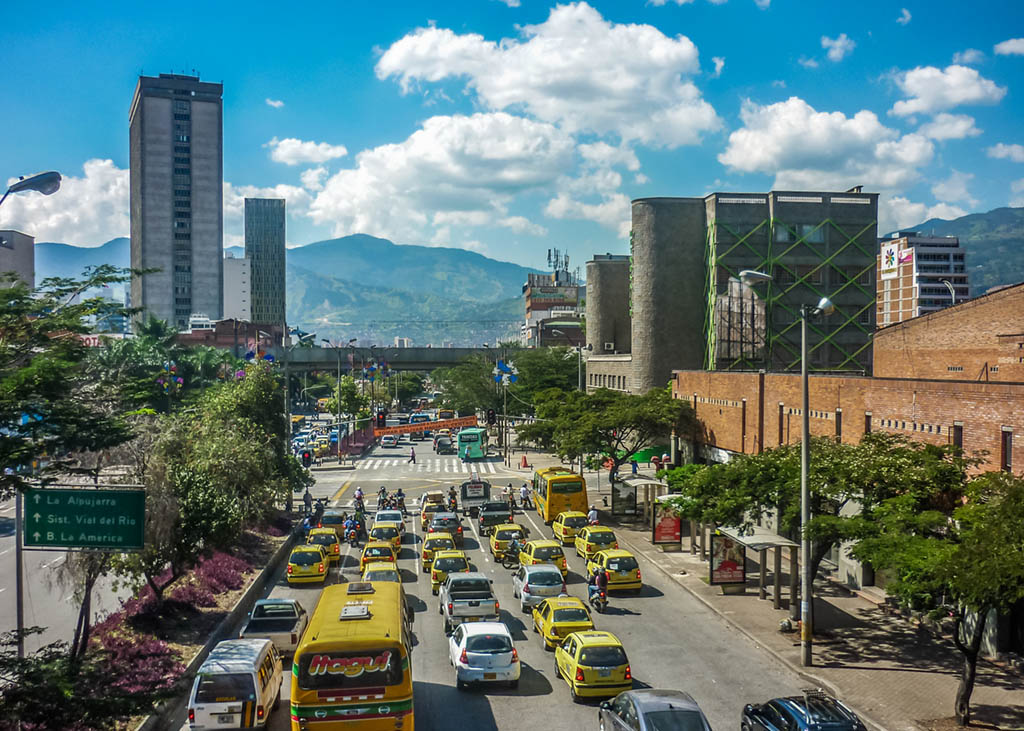
Now, as I revisit Medellin in 2022, it seems the pendulum has swung the other way.
Lately, Colombia travel forums and chat groups debate whether Medellin is ‘overrated’. Some tourists wonder what the fuss is all about. Some digital nomads are even turning their noses up at Medellin having become a ‘gringo town’, overtaken by foreigners like themselves.
So what happened? And should you still visit Medellin?
Let me give you my 2 pesos.
Is Medellin worth visiting?
From a tourist’s perspective, I think Medellin is definitely worth visiting for at least several days. I’d even say it’s one of the most worthwhile destinations in Colombia. But… it’s useful to have the right expectations.
Medellin is mostly a modern city with many red-brick apartment blocks as well as many shanty towns on the slopes of its surrounding hills. There isn’t that much of a historical old city if that’s what you’re hoping to find.
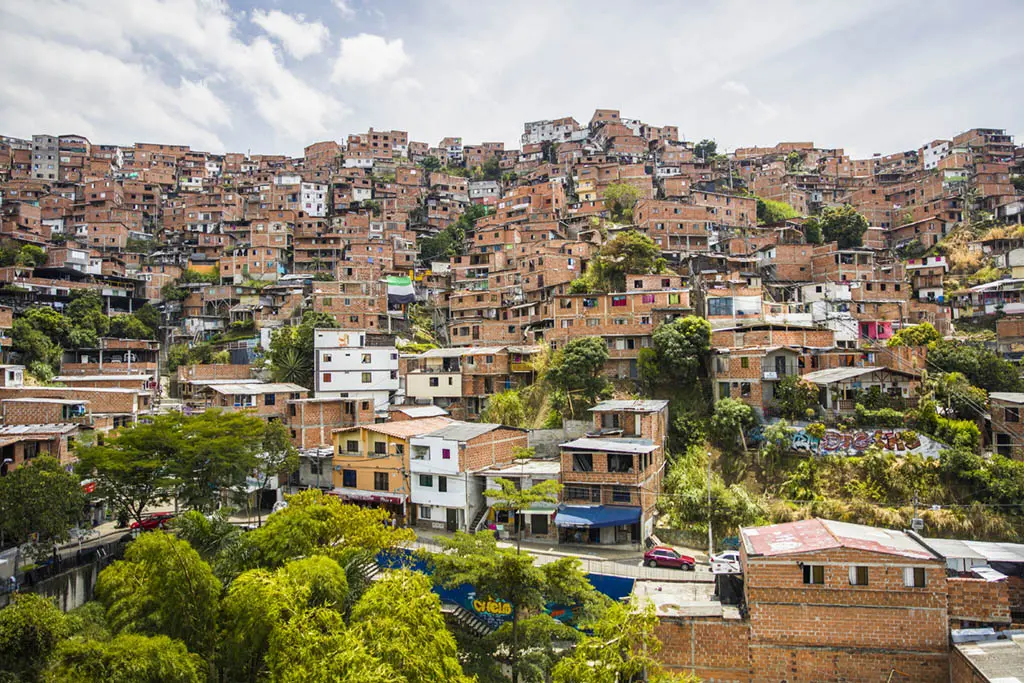
Most of the sights and things to do in Medellin are also arguably more of interest to residents. It has some lovely parks, a botanical garden, a fun science museum, and many renovated public squares — but that’s maybe not what you came all the way here for. As far as cultural attractions of key interest to tourists, I think Bogota has more of them (for example the Gold Museum and the Botero Museum).
That said, Medellin is definitely the place to learn about its modern history and the drug cartels. It’s also fascinating to see how poorer areas have been completely reinvigorated. Comuna 13 used to be one of the city’s most dangerous areas; now it’s a buzzing tourist destination famed for its street art and positive vibes.
Medellin has great nightlife and a lot of international cuisine, especially in the affluent neighborhood of Poblado which is popular with expats and tourists.
Purely at face value, I believe Medellin can be a smidge disappointing if it’s been hyped up to you a lot. However, I still think Medellin is an amazing city — and I believe the key to appreciating it is to really know its story.
Once you understand this story, Medellin will surely click for you in a big way. At least, I can say it absolutely did for me.
Understanding Medellin
There are two types of people who have visited Medellin: those who have done the Medellin Real City walking tour and those who haven’t.
I’ve done truly countless walking tours around the world, but I still consider this one among the best I’ve ever done.
If you want to understand Medellin’s past and present from a deeply personal perspective, then the Real City walking tour is a must. It’s run by locals and all of the guides lived through Medellin’s ‘bad years’ in some way.
(By the way, I don’t earn anything from this recommendation. It’s just my top travel tip for Medellin!)

Far from the usual cookie-cutter tour, the stories told by my guide left me deeply affected. Born and raised in Medellin, as a child he witnessed people getting gunned down with automatic rifles right in front of his house. He also describes a horrific grenade attack at a metro station and a market bombing that killed two dozen people.
By hearing from someone who actually lived through it all, you gain a truly vivid picture of what Medellin was like just a few decades ago. However, this tour is not just about the bad days, but about hope and progress.
Hearing about the bad from the past makes you appreciate what Medellin is today. And you’ll really start seeing it with different eyes.
You’ll recognize how Medellin went through a total transformation. Squares that were once the scene of brutal killings have been turned into vibrant public spaces. Libraries and galleries have sprung up all over the place. A building that was once a refuge for criminals is now, fittingly, the city’s Centre for Education.
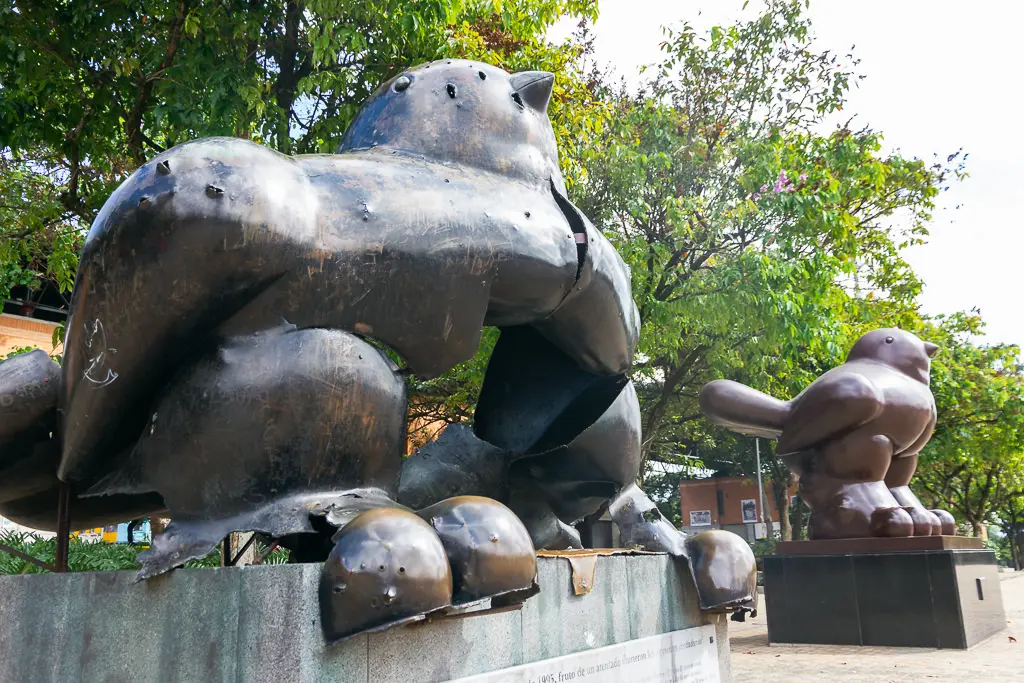
On the left, a sculpture that once exploded in a bombing attack. The artist, Fernando Botero, insisted the city keep it as-is, with a new sculpture placed next to it as a reminder of past and present.
Whether you take the Real City tour or simply spend enough time in Medellin, you’ll no doubt soon hear of “Metro Culture”. It’s another piece of Medellin’s story.
The Metro system was built during the height of the Violence (it gets written with a capital V). It quickly became the city’s main symbol of change. Take a closer look and you’ll see the metro system is in fact a source of pride among the Paisas, utterly free of any graffiti, chewing gum, or cigarette buds.
The metro lines its connecting cablecars were an urban planning masterstroke, helping to tie the city together and integrate the slums with the city proper, thus raising opportunities for the poor. In the outer barrios, you can see posters next to urban renovation projects with slogans such as, “here too the Metro Life lives”, showing how the Metro has become a shorthand for Medellin’s revival.
Once you see Medellin in this context, it becomes a LOT more interesting.
Other ways to enjoy Medellin
What I also like about Medellin is that you can get to know the Colombian culture, as well as using it as a great base for day trips in the region.
Apart from learning the history, to get the most out of Medellin here are a few things I recommend:
Take a trip to Guatape
Okay, this is a bit touristy, but it’s really fun.
Guatape is a village famed for its colourful houses with beautifully sculpted depictions of village life adorning the lower halves of every house. It’s a pretty place to spend some time.
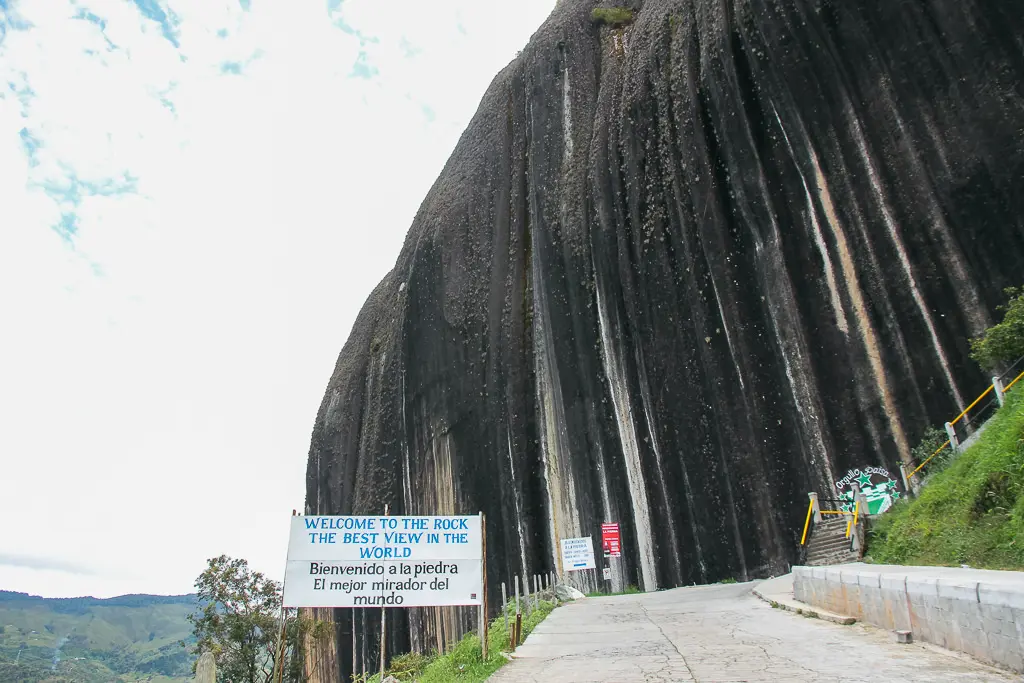
It is also home to the rock of Peñol, an impressive inselberg with 650 steps leading to the top, from where you can watch a beautiful lake-strewn landscape.
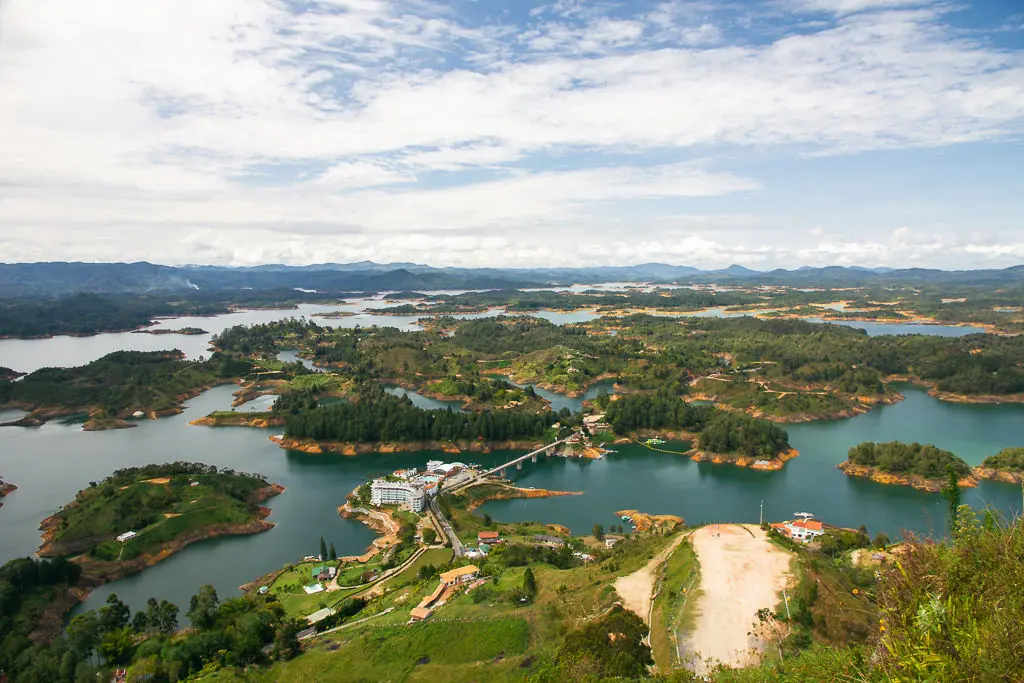
It’s fairly easy to get to but it takes a bit of time: take the Medellin Metro to Terminal del Norte, from there it’s a 2-hour bus ride to Guatape costing about 11,000 pesos.
For a more guided and complete experience you can also take a tour, such as this Guatape day trip on GetYourGuide (which also includes a boat trip) or this Guatape day trip on Viator. The tours are faster as they include hotel pickup and no public transit.
Go paragliding
The hills around Medellin are perfect launching areas for paragliding. Tandem flights require no special skills, are relatively inexpensive, and offer spectacular views of the city.
It costs around $50 for a flight. You can book this easily through Viator or through GetYourGuide.
Take a trip to Jerico or Jardin
These colorful towns in the coffee-growing region south of Medellin are very fun to visit. You’ll see plenty of coffee farmers and cowboys milling about the streets and markets and among the rolling green hills you can visit waterfalls or take a coffee tour.

It takes about 4 hours to Jerico or 3 hours to Jardin, so you may wish to stay overnight to make it worth the trip.
See a soccer/football match
Not being into soccer much myself, this was more of an anthropological exercise than anything else, but I loved seeing how passionate the Colombians get about this sport. Go with a little group (or a tour) as the stands can get very mosh-pitty and crazy.
Go on an exotic fruits tour
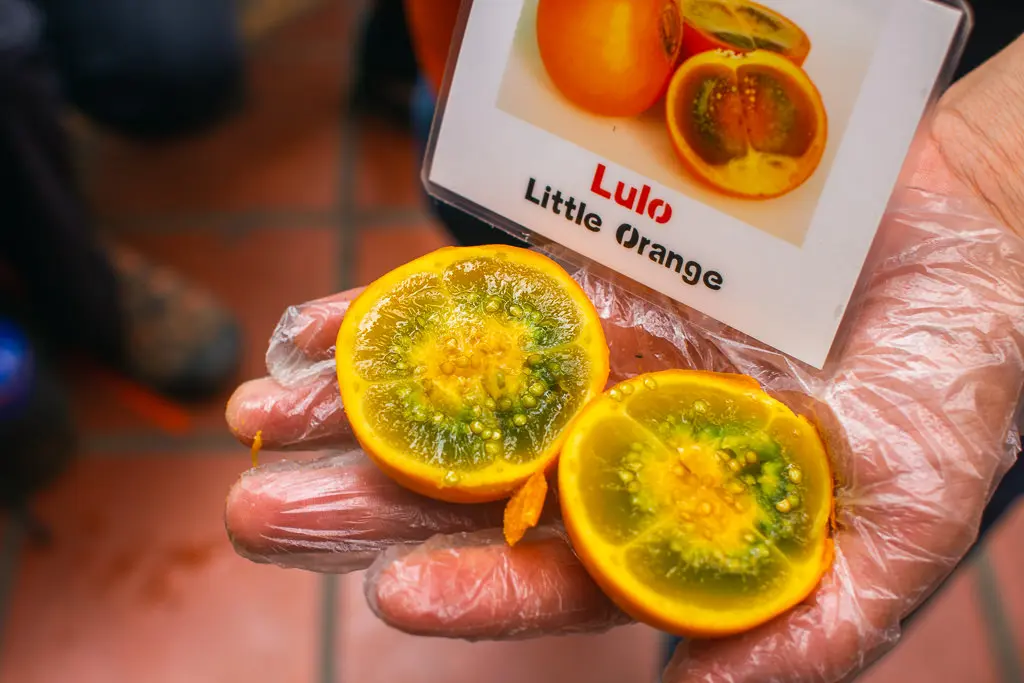
I did this tour and I loved it as it introduced me to numerous lesser-known tropical fruits such as the soursop, guavasteen, sweet granadilla, and the West Indian Locust fruit (a.k.a. the stinky feet fruit).
You get to go to some local markets and try out about 20 different delicious things (or less delicious… see: stinky feet).
Take salsa lessons
On some days you can get free lessons at particular hostels (for instance at the Wandering Paisa) if you happen to be a budget traveler. There are also salsa lessons offered at many of the salsa bars and schools.
Dive into the nightlife
The nightlife in Medellin is definitely a lot of fun, whether you’re the cocktail bar type or want to go clubbing (most of the music is latin). Your easiest bet is to go to Parque Lleras in the Poblado area, which is a small park surrounded by streets with bars and restaurants, all of which have open terraces with people spilling out onto the streets.
Visiting vs. living in Medellin
I think a lot of the differences of opinion about Medellin stem from whether people stay for a few days, or for much longer.
Medellin has a lot going for it as an affordable place to live, with a mild year-round climate, a pretty good quality of life, and many things to do. That’s why it’s been very popular with digital nomads and remote workers (I also think the dating scene is a big attraction for some nomad types).
Although Medellin remains a major digital nomad hotspot, similar to Mexico City, Chiang Mai, or Lisbon, its popularity seems to have peaked a little bit. Prices rose and gentrification set in, which has led to some grumbling about it being “overrated”.
There’s also been some backlash to sleazy foreigners coming to Medellin to find prostitutes and drugs and such. Some Facebook groups for Medellin have had to start a “no jerks” policy.
Some residents also don’t like the existence of Pablo Escobar-themed tours, wanting to put this unpleasant era behind them.
But if you’re visiting as a tourist for a few days, you’ll probably be 100% unaware of these controversies.
While Medellin is not a city with any colonial or ancient history or even many typical “tourist sites”, it offers a great window into Colombian culture and its more recent history. If you’re on a larger trip through Colombia, I definitely wouldn’t skip it.
Is Medellin still dangerous?
Medellin is longer the domain of Pablo Escobar, but it can still be a little rough around the edges. Don’t wear expensive jewelry, keep your phone in your pocket, and take official taxis at night (or ride-hail apps) when you’re going out.
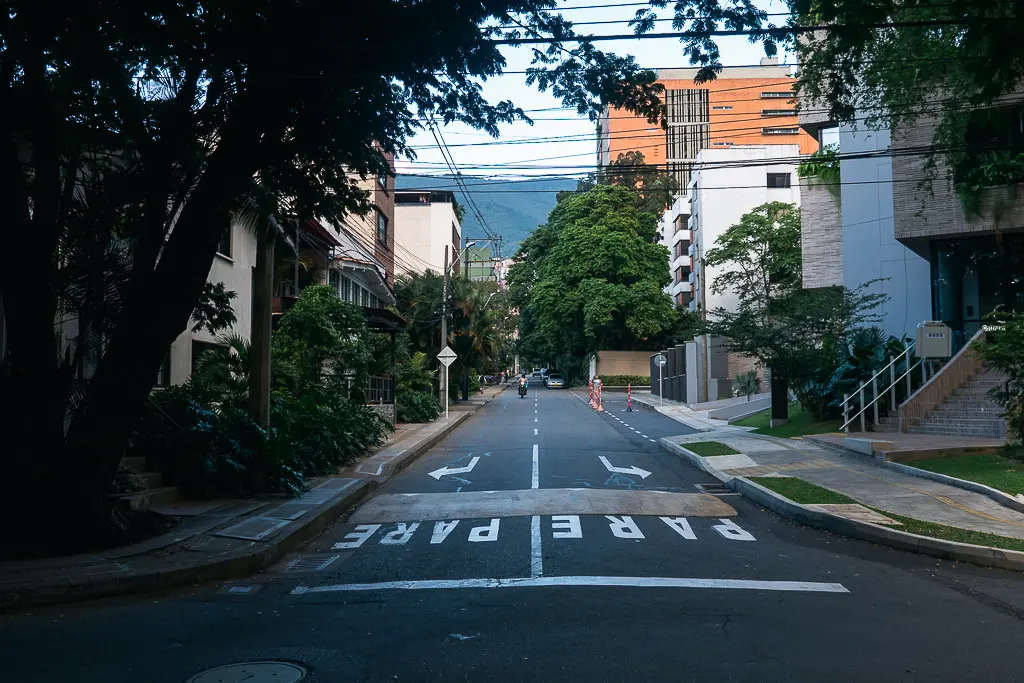
I’ve asked locals about the safety in Medellin on a number of occasions. I once asked a group of locals who I’d befriended if they’d ever been robbed or had anything happen — I received quite the collective eye-roll. One lifelong Paisa told me all the barrios (normal neighborhoods) are basically safe and that only some of the communas (hillside shanty towns) can be dangerous these days.
I do think the situation can be a bit different for tourists, as they may be more targeted than born-and-raised locals.
The safest neighborhood is surely Poblado, which is where most tourist accommodation is. This area is quite affluent and international though, so it’s a bit lower on local vibes. Laureles is another great area to stay. The metro system is very secure and safe, so you can use it to get around without any problems.
In general, Medellin is not dangerous, but being a big city in South America it is still wise to take some basic safety precautions.
Some links may be affiliate links, meaning I may earn commission from products or services I recommend. For more, see site policies.
Posted OCT 18, 2022 (Updated Oct 18, 2022)


